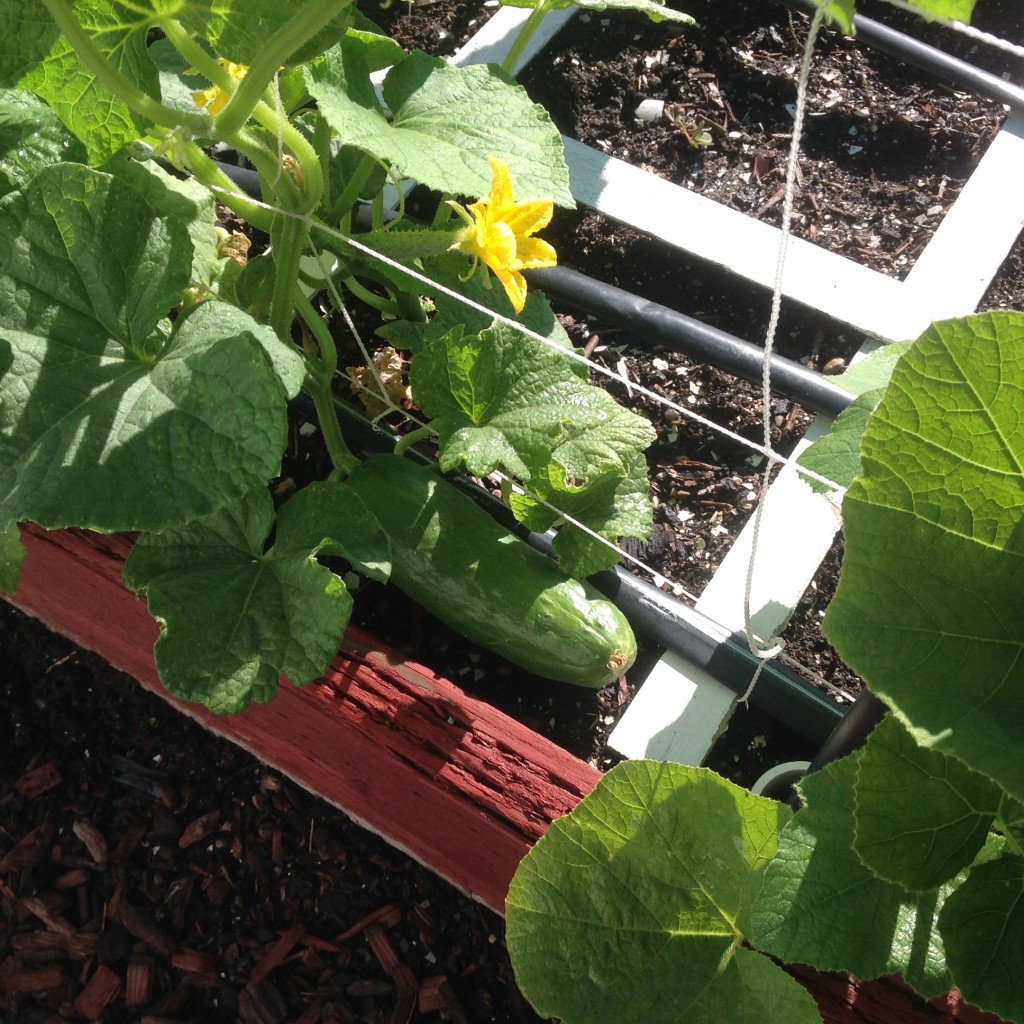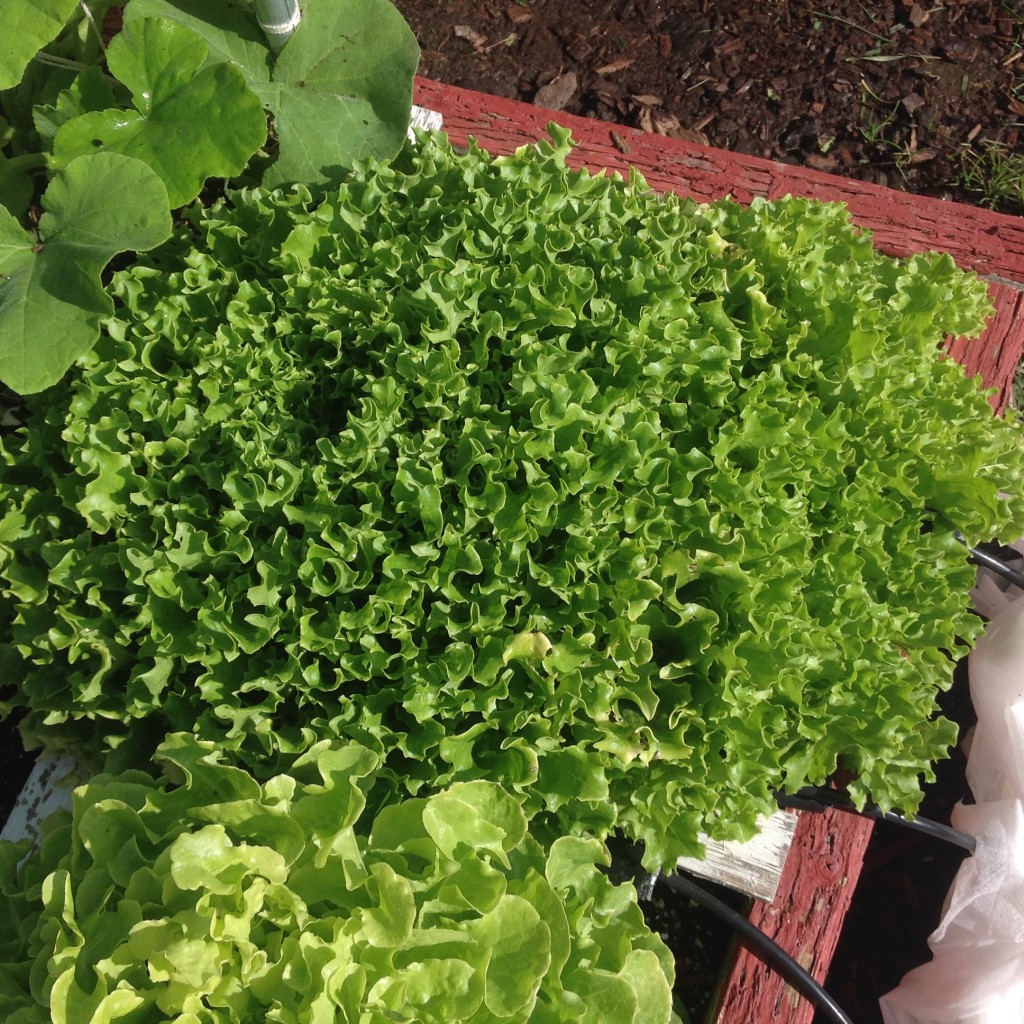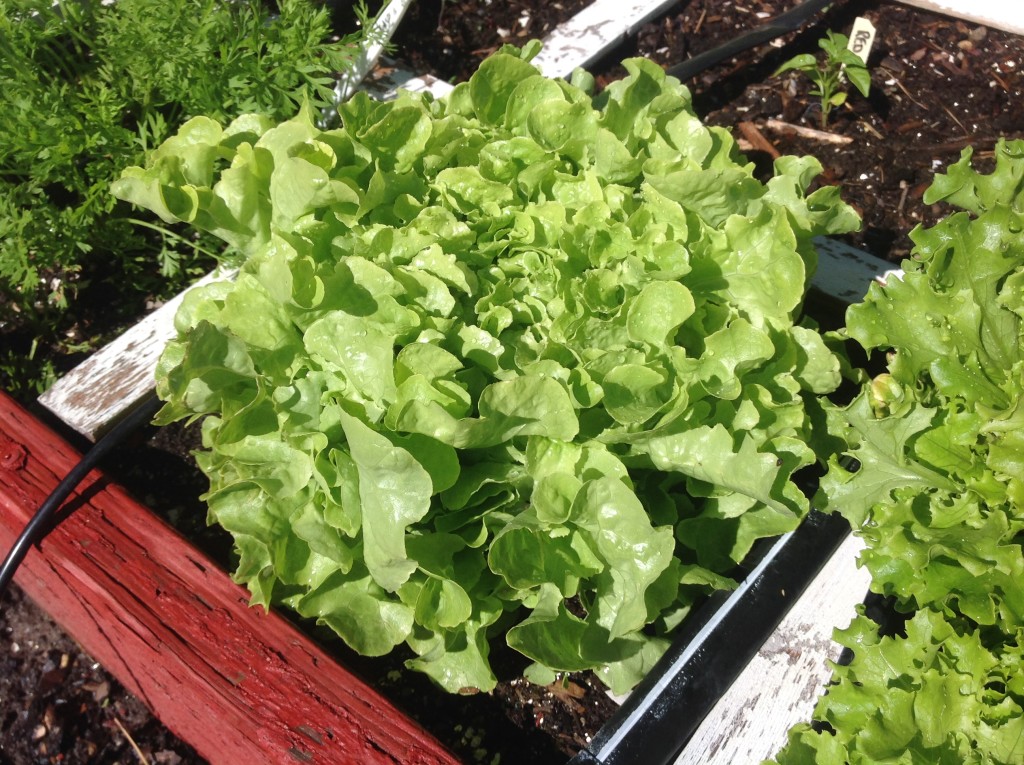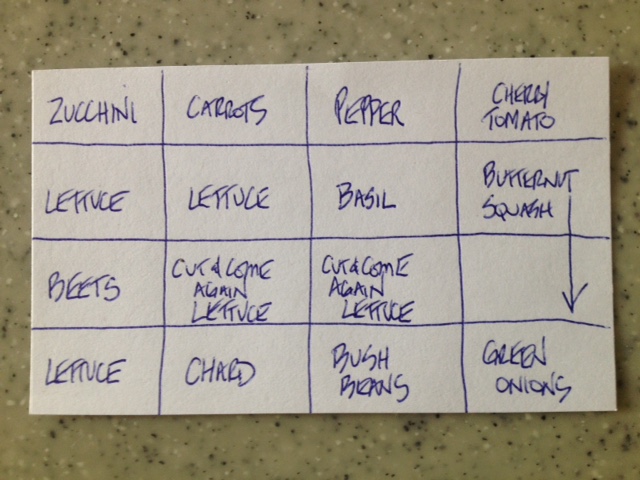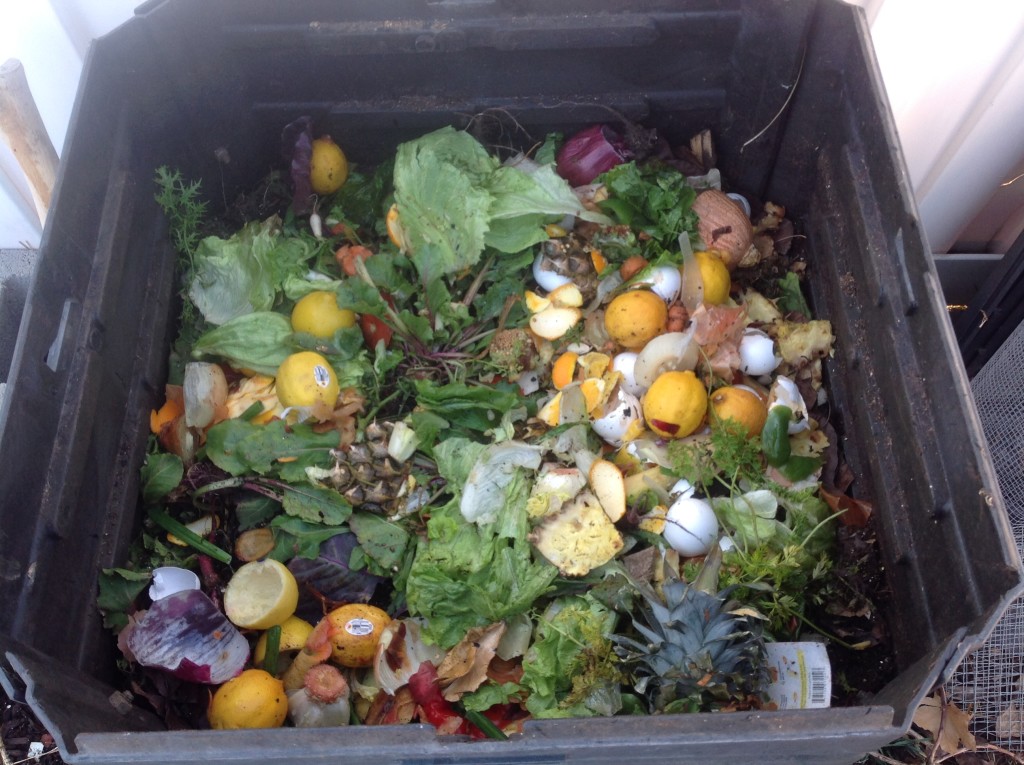 Well, any gardening system would be good for you, not just a square foot garden. The only thing that really matters is that you’ve got a garden! We’re so used to heading down to the store to buy whatever we need any time we want. No doubt, it’ve very convenient. And many of the things we buy are perfectly shaped with no blemishes on them, they have no holes chewed out of the salad greens, etc. Have you ever wondered how that happens?
Well, any gardening system would be good for you, not just a square foot garden. The only thing that really matters is that you’ve got a garden! We’re so used to heading down to the store to buy whatever we need any time we want. No doubt, it’ve very convenient. And many of the things we buy are perfectly shaped with no blemishes on them, they have no holes chewed out of the salad greens, etc. Have you ever wondered how that happens?
The uniformity of fruits, vegetables, and produce is largely the result of pesticide and/or chemical use. Truly organic gardeners(and even more with farmers because of the acreage involved)work hard at keeping their crops free of pests without the use of chemicals. Is that important? You’ll have to answer that question for yourself.
A few days ago a good friend of mine sent me this interesting video that you should hear. It’s an experiment about a family that decided to eat only organic food for a period of time. There’s been some recent studies published stating that organic food is no better-nutritionally-than non organic food. There’s comments that say spending the extra money on organic is not worth it. It’s my belief that even if that’s true the taste of just harvested organic food is superior to anything you can buy off the shelf.
But is that the only concern? The thing I like is that I know there has never been a commercial pesticide or fertilizer used on any of my crops. I think the few folks that I grow for think the same way. You can do all the tests you want on any of my crops and you’ll never find any chemical residue on anything. The hard thing for me is trying to figure out the real truth because both sides have a stake in the game. Both sides have something to sell. The easy thing is it doesn’t matter for me. Is it worth it to learn how to grow your own food so you know what’s in it? Better yet, you’ll know whats not on it.

